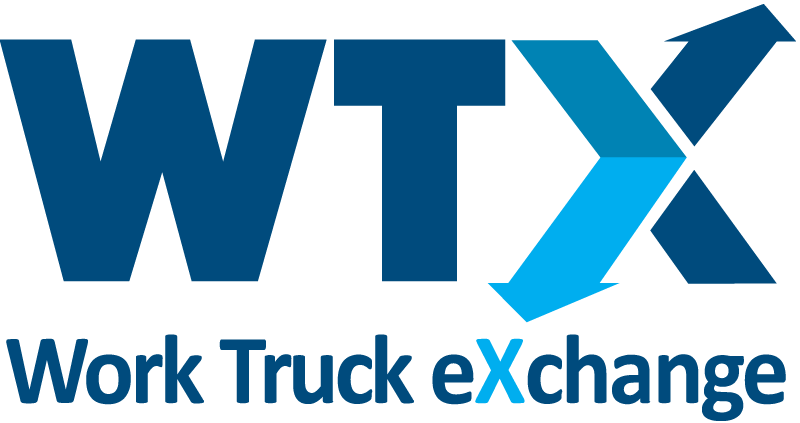What are the current diesel fuel prices in the U.S. right now? How do they compare to the past? Find out what current regional prices are today!
Prophecta Introduces AI Tool to Track, Incentivize Driver Behavior
Prophecta said its AI algorithm uses causality-aware modeling, real-time simulation, and forecasting to help drivers maximize potential fuel cost savings and emissions reductions while increasing truck driver safety.

